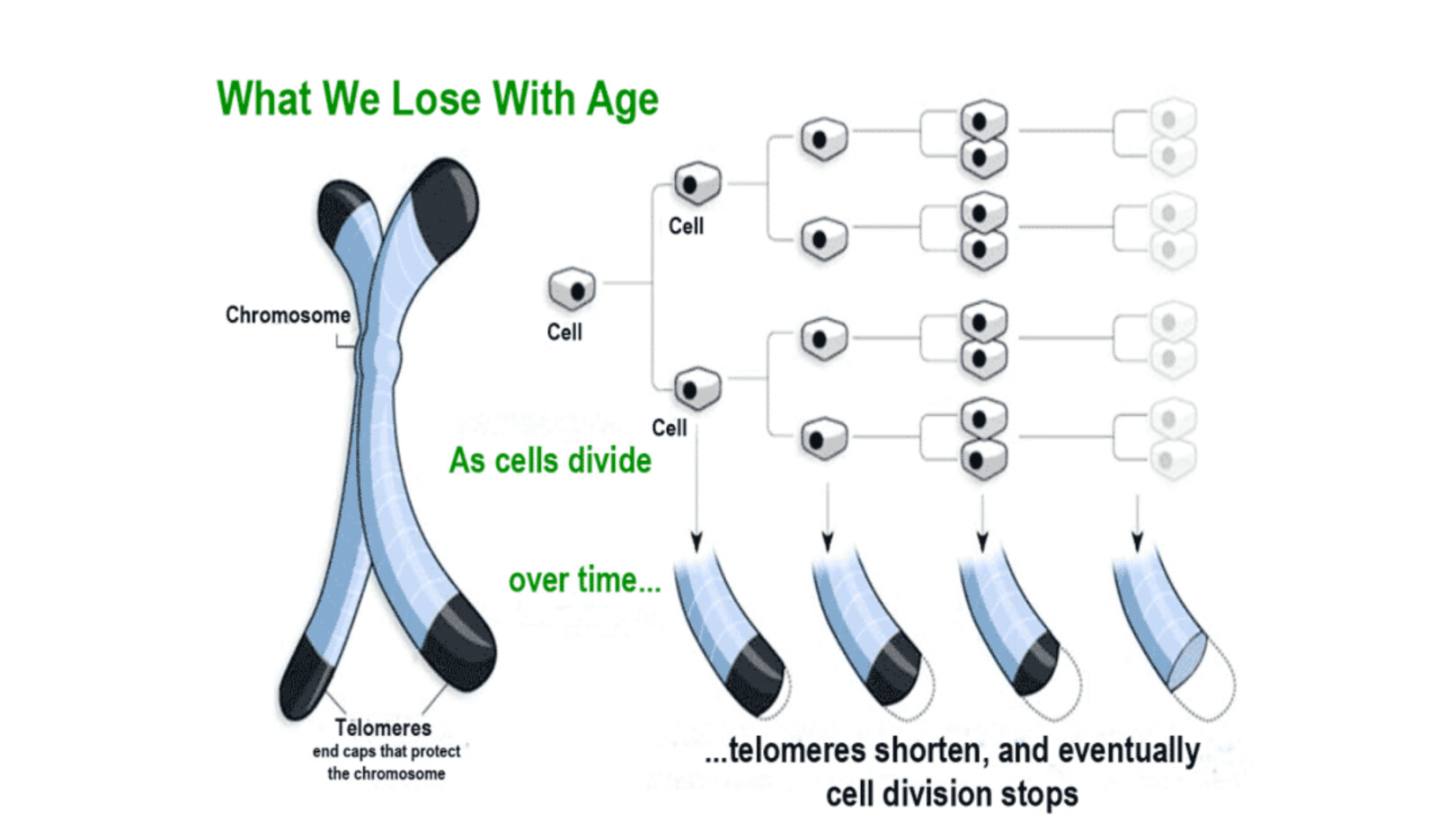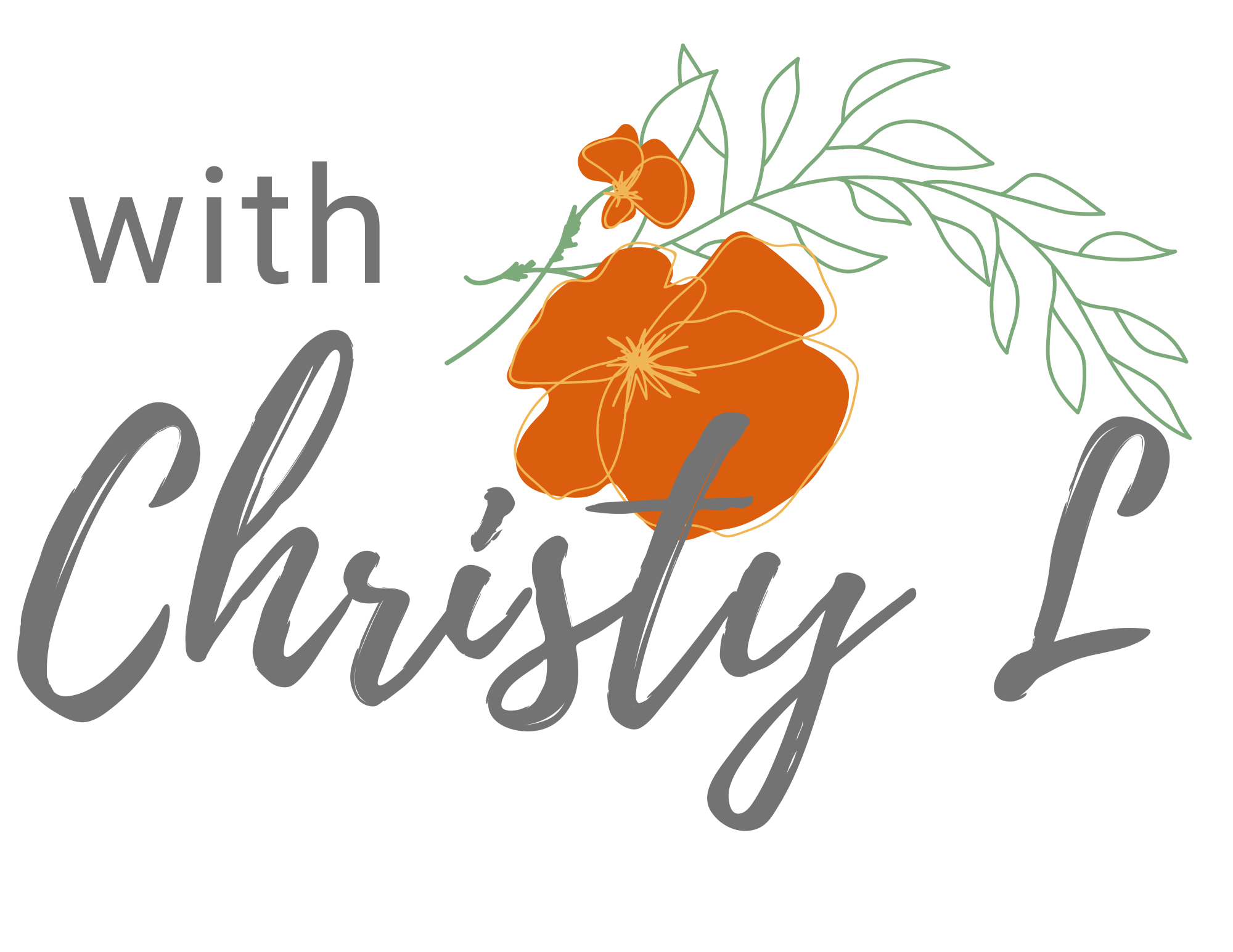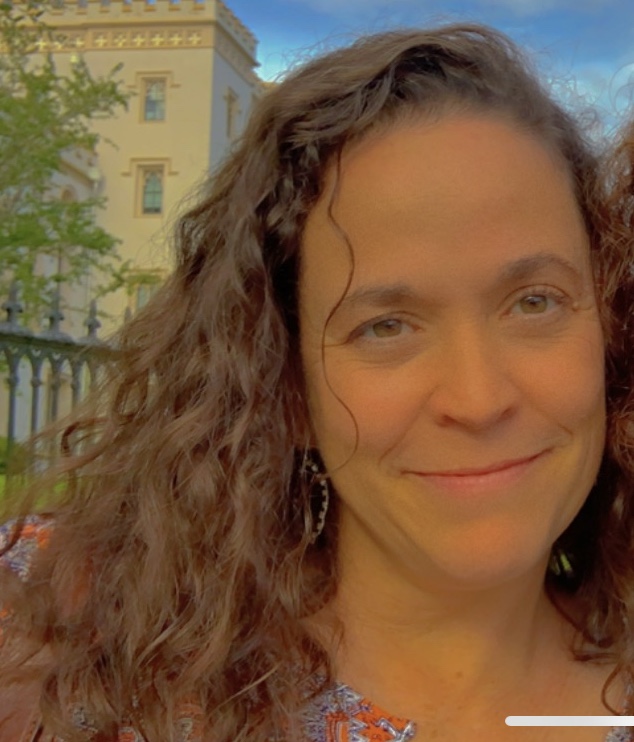
It's comforting to pay attention to your own body and be aware of how health is attained. It's also fun when new information is published that confirms what you believed in your core!
I have been fascinated with the list of genealogy in the book of Genesis in the Bible. It is written that Noah lived 950 years, his son Shem lived 600 years, Shem's son Arphaxad lived 438 years, A's son, Shelah lived 433 years, his son lived 239 years, his son lived 239 also, his son lived 230 years, and his son lived 148 years. There have been so many theories associated with these ages: increased radiation (maybe an actual possibility but not provable), seasons or months labeled as years (easily debunked), and now telomeres!
I have read several books recently shining a light on this fairly new discovery. The short version of the information is that telomeres are like aglets on a shoelace, except the shoelaces are your chromosomes. When the chromosomes are copied to make new cells, the messenger RNA has to grab onto something at the end. That would be the telomeres. The area that the mRNA is grabbing cannot be copied. Now the resulting copy will be shorter and the part missing is a piece of the telomere. Telomeres are only 1/1000 of the chromosome, and the string of their DNA is repeated over and over and over and over thousands of times somewhat like disposable duplicates. When you run out of duplicates, the chromosomes unravel and make a mess in the cells causing inflammation, cell death (best case), or cancer (worst case).
The Hayflick limit describes the limited number of times that a specific cell can be copied. It seems to be about 50 times for human cells. The good news is that stem cells create new, better-functioning cells that replace the dead ones.
I know you're saying, "BOOOORRRING! What does this mean for me?" Or my favorite question: "What can I do about it?"
This means that we have information about how our bodies age and that it's not only your genes that cause acceleration or deceleration of aging. Aging is basically our cells losing their telomeres, causing inflammation, etc., and not having enough healthy stem cells to make new cells.
Turns out that there is quite a bit that you can do to increase the telomere length by helping to activate telomerase (the enzyme that replaces the lost telomeres). Can you guess one? Yeah, a healthy diet and schedule of eating are at the top. Reduced stress (by removing stressors or by meditation), moderate exercise, having social support from friends or family, sleeping at least 7 hours a night, avoid smoking and over-indulgence of alcohol, and being optimistic or having a positive/up-for-the-challenge attitude. Genes, of course, play a role, so you don't have 100% control over your aging, but your choices and environment play a large role.
Are you up for learning more about telomeres and aging?
If you're interested in learning how intermittent fasting plays a role in stimulating stem cells and flushing out dead cells, check out the
Intermittent Fasting course on my website.
Never stop learning!
With you on the journey,
Christy









0 Comments